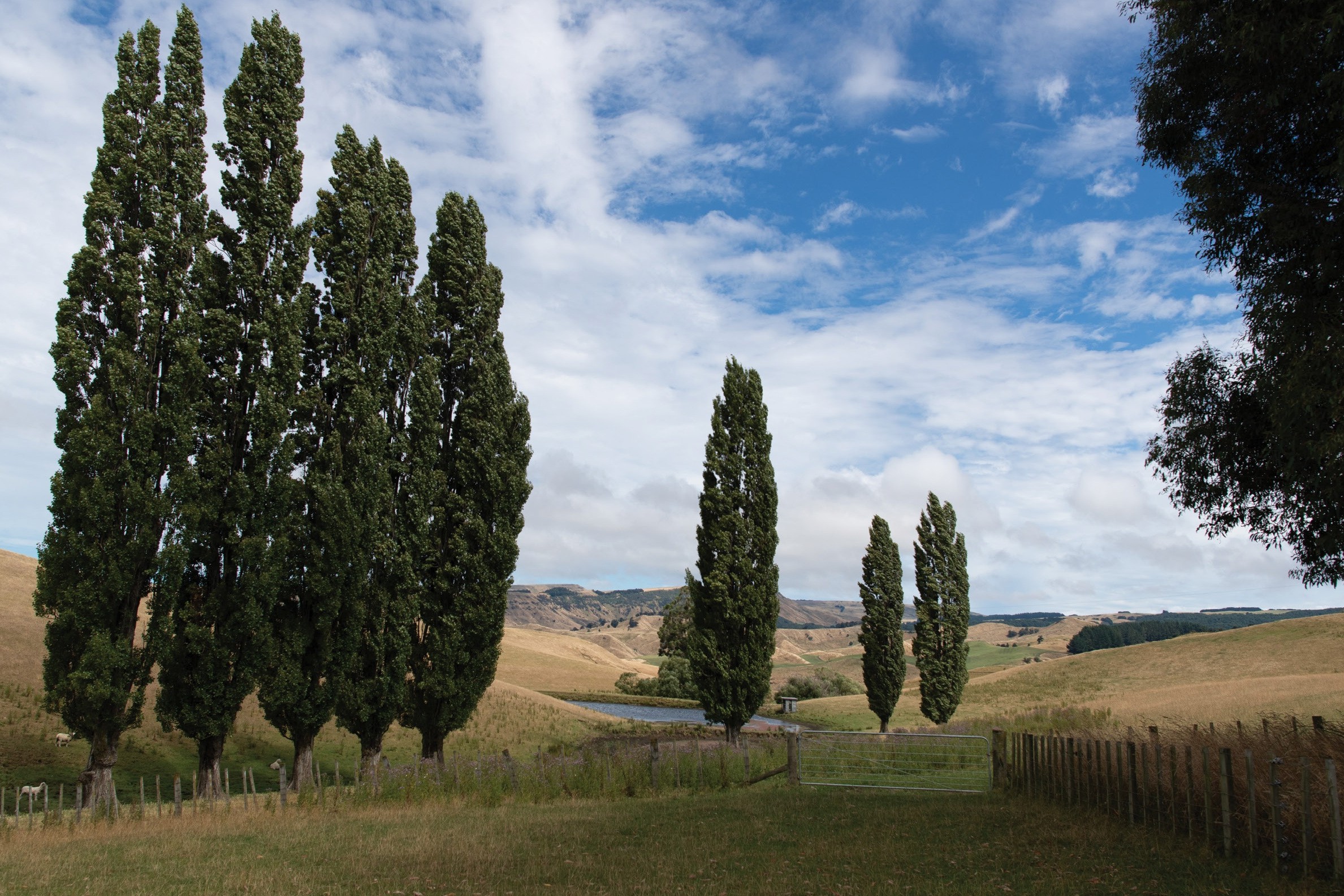Tapping into markets for poplar
Potential markets and uses for poplar timber are being investigated. By Rebecca Greaves.

 Work is being done to identify the right clones and open up timber markets for poplar in New Zealand.
Work is being done to identify the right clones and open up timber markets for poplar in New Zealand.
Stan Braaksma, trustee of The New Zealand Poplar and Willow Research Trust and member of the newly formed Poplar Action Group, says there is great unrealised potential for poplar, but much work to be done before we can tap into it.
The New Zealand Poplar and Willow Research Trust was formed to ensure financial funding for research in breeding and applied science for poplars and willows, for the public good of NZ.
Braaksma devoted his career to land management service in the Greater Wellington region, with vast expertise in using poplars and willows to minimise erosion on hill country. Although technically retired, he admits he’s never been busier – he’s got unfinished business and is keen to advance the cause.
“If we can use poplar for a practical purpose (erosion control) and at the end of its life cycle cut it down and harvest it, if we can get an end use on the product, that makes it so much more palatable.”
Currently, provided you have tonnage, poplar can go to the wharf for export. Poplar is an internationally traded timber, though in NZ most people are used to radiata pine and tend to shy away from alternative species, he says.
Some poplar growers have found their own niche markets for the wood, for purposes like cattle yards or truck decks. But these are predominantly small operators and Braaksma says the big brands don’t want competition for what he calls mainstream timber – radiata.
There is enthusiasm to get poplar timber tested, and to screen through the various clones to identify those with the best qualities, hence the formation of the action group.
Braaksma has spent much of his life looking at the breeding of poplars and identifying clones that work best on hillsides in the Greater Wellington region. Tolerance for the dry is a big one in Wairarapa, as is brittleness.
“I’ve spent a lifetime on the low-brittle, non-shade-casting clone and I’m pretty proud of the poplar we grow in Greater Wellington because they hold their form – I expect these poplars to go for 80-100 years.”
As an industry, what’s needed is to advise farmers on the best clones and gain building approval for poplar timber. Strength testing is being done for structural building purposes. Once this is obtained, it could be a game-changer.
“Once we have the figures, hopefully we can push to get into the building code of practice. The building code is really restrictive on alternative species, it’s hard work getting them through the system.”
Once this is done, the goal is to show NZ what a poplar product would look like as a finished timber. As a ply, he says, it blows pine out of the water in terms of aesthetic appeal and could go into a house as a finished product for internal walls – it looks that good.
Another opportunity for poplar is in the tiny cabin or portacom space. Buildings under 30 square metres do not require building consent, so poplar could be used in these structures.
Furniture giant Ikea moving into NZ is a possible win for poplar, he says.
“They make lots of furniture and wood components. Being Scandi they are used to white wood, which is the natural colour of poplar. We haven’t even approached that yet. We need a resource to present to them first.”
Braaksma is on a mission to have different clones of poplar recognised. At the moment, every poplar milled is simply classified as poplar. Not all varieties are equal though. He names three clones that stand out for their qualities suited to building – Kawa, Yeogi (a silver hybrid) and Weraiti.
If he has his way, poplar could become the building material of choice for Kiwis.
Watch this space.




